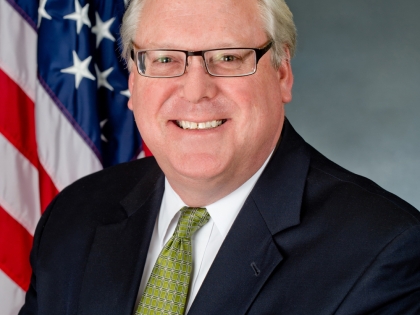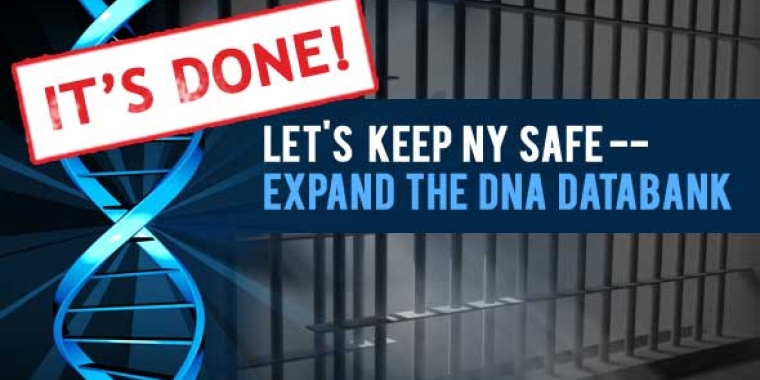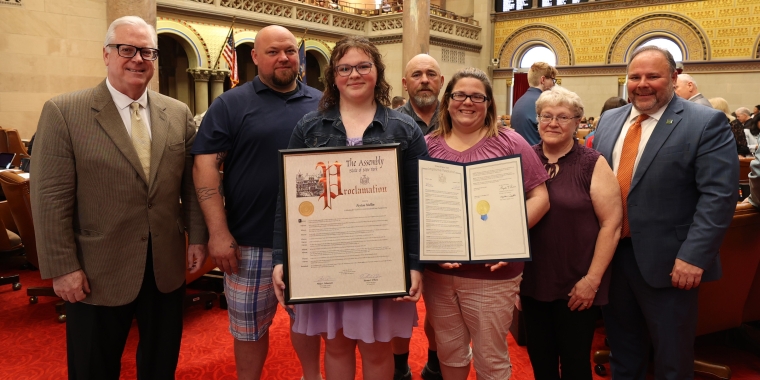
Legislature gives final ok to DNA databank expansion

Albany, N.Y., March 15—The State Legislature earlier today gave final approval to agreed-upon legislation to expand New York State’s DNA databank, a move that law enforcement leaders locally and across New York State have called an essential modern-day crime-fighting tool.
Governor Andrew Cuomo and legislative leaders first announced the agreement late yesterday.
“This action’s been strongly supported by local district attorneys, sheriffs and other law enforcement leaders as a key addition to New York’s criminal justice system for apprehending and prosecuting serious criminals, and as a deterrent to violent crime,” said O’Mara. “It will bring New York State more fully into the modern era of fighting crime. DNA is recognized as the modern-day equivalent of a fingerprint.”
The agreement calls for the largest expansion of the state’s DNA databank since it was created in 1994. It mirrors legislation co-sponsored by O’Mara and approved by the Senate earlier this year to require people convicted of all felonies, as well as all misdemeanors in the penal law to submit DNA samples.
Currently in New York, DNA is only collected in approximately 46 percent of crimes.
Under existing law, only criminals convicted of a penal law felony or 36 misdemeanor crimes within the penal law are required to submit DNA samples. The agreed-upon expansion will broaden that list to include all felonies in state law and every penal law misdemeanor. It will add about 46,000 individual DNA samples a year to the databank.
The move has been supported by many local law enforcement leaders, including district attorneys and sheriffs. It also won the support of organizations statewide including the New York State Sheriffs Association, District Attorneys Association of the State of New York, the New York State Association of Chiefs of Police, the New York State Troopers PBA, and others.
Since its inception, DNA stored in the databank has been used to identify perpetrators in about 10,000 crimes, including 900 murders and 3,500 sexual assaults. Since 2006, when the DNA databank was expanded to include 36 misdemeanors, law enforcement agencies have used the information to convict 1,460 criminals.



